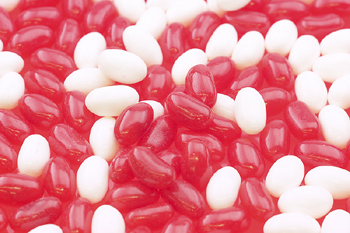Jun 3 2005
We each have that one flavor of jelly bean--the one that we can consume endlessly in one sitting. Yet, there is another flavor that we eject from our mouths as soon as we taste it.

Still, there are flavors that don't seem to illicit any significant responses whatsoever. Taken separately, eating jelly beans can be a very simple story: good, bad or indifferent. However, when we combine the three experiences into one, how do we rate the overall taste experience?
This question is explored in the June 2005 issue of the Journal of Consumer Research. According to the research of Loraine Lau-Gesk (University of California at Irvine), the answer lies in the ability to draw a connection between a presently bad experience and previously good one.
Lau-Gesk explains that the issue has to do with "'affective source similarity,' or the level of similarity that a person views the source of the negative and positive experience."
Traditionally a split has existed between researchers who either believe that a combined positive and negative experience will increase discomfort and those that believe that a negative experience can actually lead to a positive experience. Though Lau-Gesk does confirm that discomfort will accompany a combined bad and good experience, "people will also find comfort in ambivalence if a bad experience is compared immediately to a good one. These implications may also [offer] some predictive consumer behavior benefit for marketing and advertising professionals who design strategic advertising campaigns."
http://www.journals.uchicago.edu/JCR/journal/